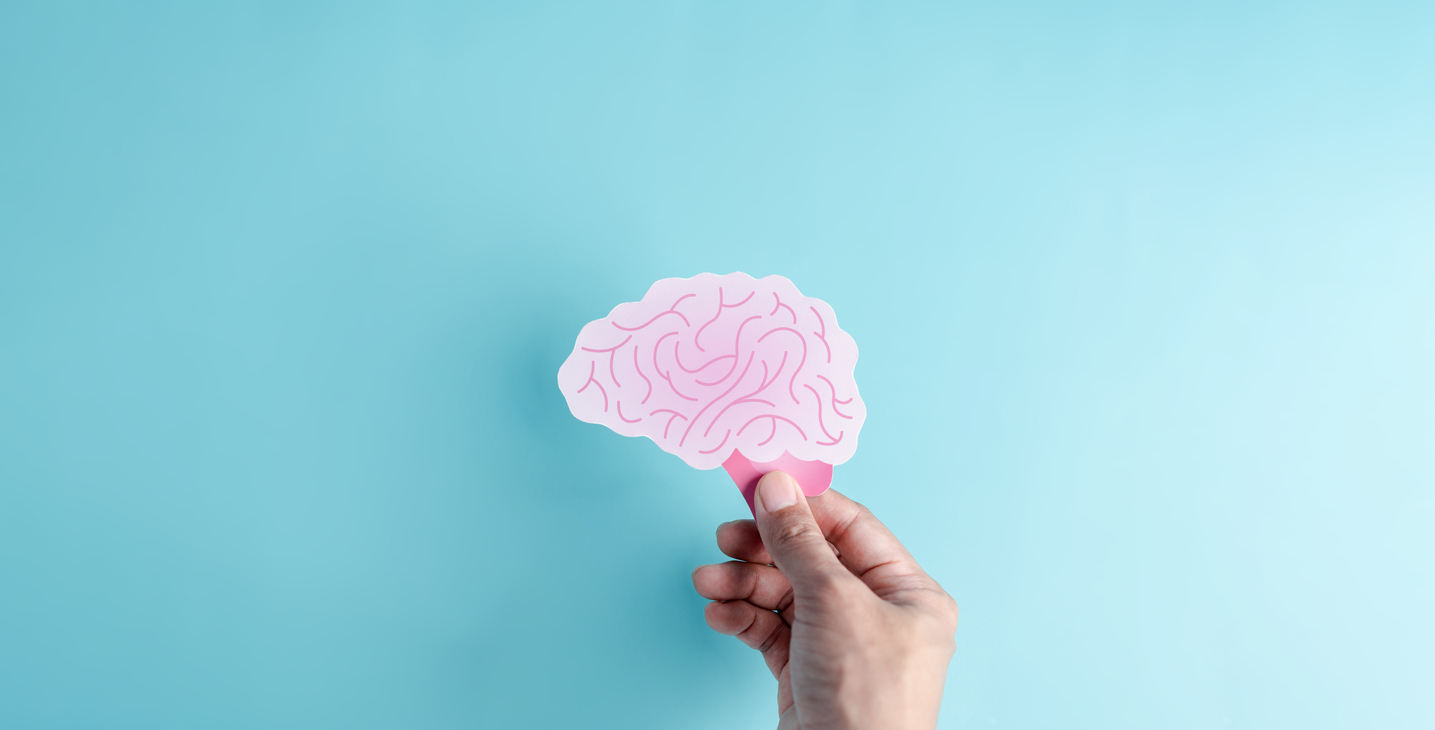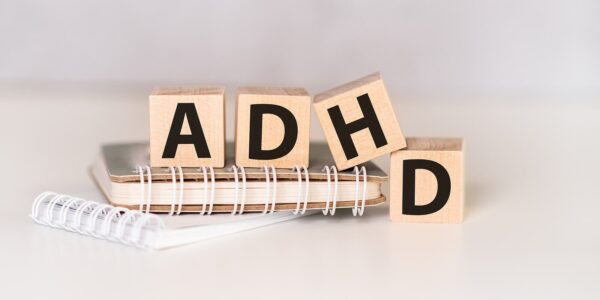LISTEN TO THIS ARTICLE:
AuDHD is a relatively new (if unofficial) term for people who have both Autism Spectrum Disorder (ASD) and Attention Deficit Hyperactivity Disorder (ADHD). Research shows that these two disorders commonly appear together. In fact, between 30-80% of people with ASD also have ADHD, and 20-50% of people with ADHD also have ASD. While each condition has distinct characteristics, they have a number of symptoms that overlap, making diagnosis and treatment more complex. People with AuDHD exhibit a blend of symptoms from both disorders.
ASD and ADHD
Autism and ADHD are both neurodevelopmental disorders that affect a person’s behavior, communication, and ability to function in daily life. Though they share many similar characteristics, their core symptoms are distinct.
Autism
People with autism display differences in social interaction, sensory sensitivities, and repetitive behaviors. They struggle understanding social cues, such as facial expressions, and will often give others little or no eye contact. People with autism are also prefer strict routines in how they go about their day to day lives and adamantly oppose any last minute changes. They can also be very sensitive to surrounding stimuli, such as lights, sounds, and smells.
ADHD
The main features of ADHD are trouble with paying attention, hyperactivity, and impulsivity. They have trouble organizing tasks, are easily distracted, and are prone to forgetfulness. These people have trouble sitting still or waiting their turn. They talk over others and will pace around or fidget frequently.
Shared experiences
Despite their differences, they share a large group of signs and symptoms. Similarities appear in how the different sets of core traits affect peoples’ lives. They struggle in similar ways but for disparate reasons.
Both have trouble focusing on an assigned task in work or school. For people with ADHD, it’s because they get distracted easily, while people with autism are reluctant to attend to things not in their specific scope of interest. The two groups also have trouble socially. Impulsiveness and interruptions cause it in people with ADHD. On the other hand, autism causes social issues because of its characteristic impairments in understanding social cues and reading others’ emotions.
People in these conditions also have notable movement patterns. Many of those with autism display stimming behaviors. Stims are repeated movements or words that can present another hurdle for people with the disorder. Researchers believe that stims may serve a comforting function when people are feeling overwhelmed. On the other hand, people with ADHD are prone to fidgeting. As part of their diagnosis, they often have a restless energy that comes out as frequently moving around even in environments where they are expected to stay seated.
Why is “AuDHD” rising?
ADHD and autism have existed as medical diagnoses for decades. However, up until 2013, psychiatry’s diagnostic guidelines prevented this. A person could be diagnosed with ADHD or autism, not both. About a decade ago, that changed as a result of evolving science and concepts of how these conditions work.
A lot of new science has found that these disorders share not only some symptoms but also some causes. These include genes that contribute to both disorders by affecting chemical messengers in the brain. Other similarities include pregnancy conditions, such as maternal infections, that play a role in these disorders.
With all these new discoveries, increasing awareness about mental health has led many people who already had one diagnosis to realize that they actually have both. Additionally, the number of autism diagnoses has been rising for many years, leading to even more overlap.
How to manage AuDHD
Because of the significant overlap between autism and ADHD, many treatment methods help address symptoms of both disorders at once.
Occupational therapy
Occupational therapy (OT) helps people improve their abilities to engage in the activities of their daily lives, such as dressing, eating, and keeping personal hygiene. People with autism and ADHD also learn skills that help them with sensory integration, helping people who are overly sensitive or under-responsive to sensory stimuli. Furthermore, as these people get older, OT helps them succeed in educational or vocational settings by training organizational skills, time management, focus, and productivity techniques.
Social skills training
Therapy also focuses on helping people with AuDHD develop better social skills. These disorders often hinder verbal communication and non-verbal signals such as facial expressions and hand gestures. Therapy involves role-playing, social stories, and group activities to practice appropriate social behaviors and to learn to recognize social cues.
Cognitive Behavioral Therapy
CBT is a widely used treatment that helps people identify and change negative thought patterns and behaviors. CBT does not directly treat autism or ADHD, but it does help manage other disorders that commonly appear along side them. These include depression, anxiety, and post-traumatic stress disorder (PTSD). This can improve self-esteem and give people a greater sense of control over their emotions.


 Learn
Learn Get News
Get News Find Help
Find Help

 Share
Share
 Share
Share
 Share
Share
 Share
Share



